
Direct imaging of gas recycling around a massive galaxy in the early universe. (Photo provided to chinadaily.com.cn)
An international team of astronomers led by Zheng Cai, associate professor of astronomy at Tsinghua University, has provided direct imaging of a massive galaxy recycling gas 11 billion years ago.
They found gas around the galaxy is enriched with heavy elements, which means it has been polluted by the galaxy itself and by other satellite galaxies. The gas also spirals onto the massive galaxy, fueling further star formation.
Major researchers also include astronomers from Japan's Waseda University, Germany's Max Planck Institute for Astronomy and Princeton University in the United States.
The discovery marked a step forward in the understanding of galaxy ecosystems, formation and evolution. With more observation, deeper insights into this intricate interplay will be offered.
According to Cai, second author of the study, the chosen system, MAMMOTH-1, can be observed at an epoch corresponding to 11 billion years ago. It is a galaxy group embedded in large-scale cold circumgalactic gas, which shines bright in Lyman-alpha emission from hydrogen.
By leveraging the Keck Cosmic Web Imager on the Keck II telescope and narrowband imaging from the Subaru telescope, the team detected circumgalactic line emissions of hydrogen, helium and carbon extending 300,000 light years.
An analysis of the line ratios also allowed the team to determine the gas properties throughout the halo. The results show the circumgalactic gas has already been enriched to solar metallicity, which is surprising at this early epoch.
Further kinematic studies strongly suggest the gas is inflowing into the galaxy, indicating the gas was previously enriched then recycled. This mechanism is believed to accelerate gas cooling and facilitate star formation. The paper was published in the renowned journal Science.








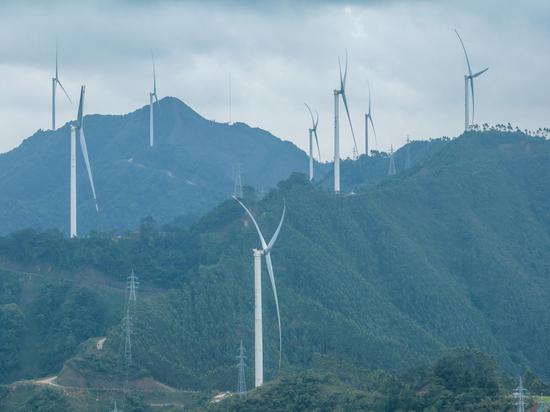






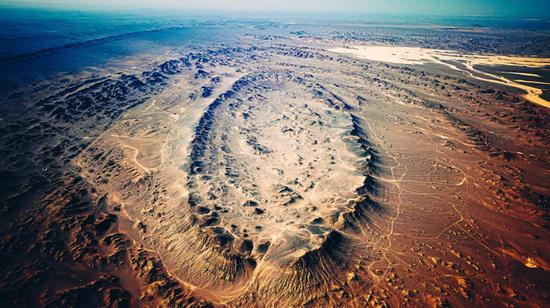


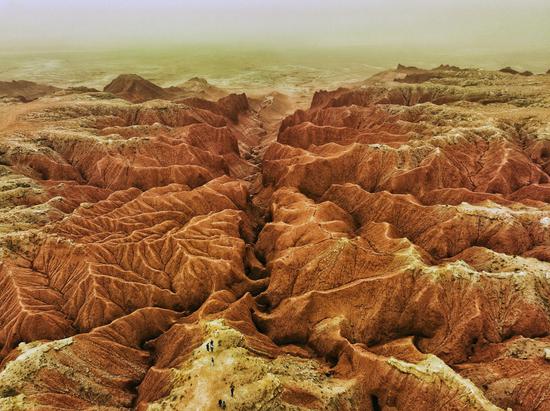



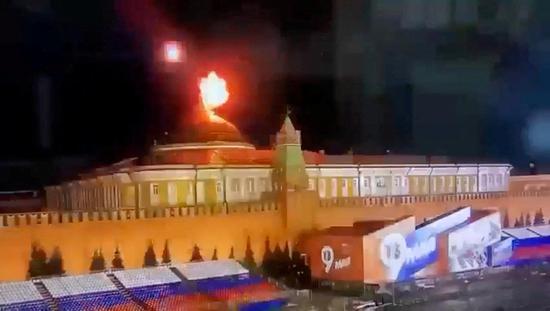
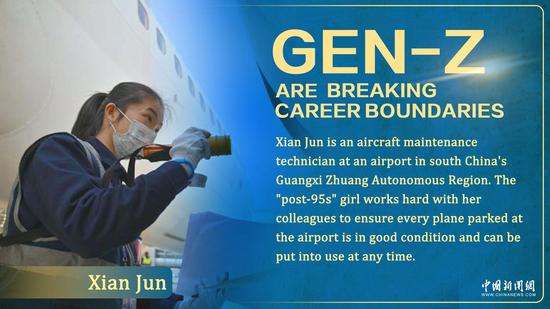








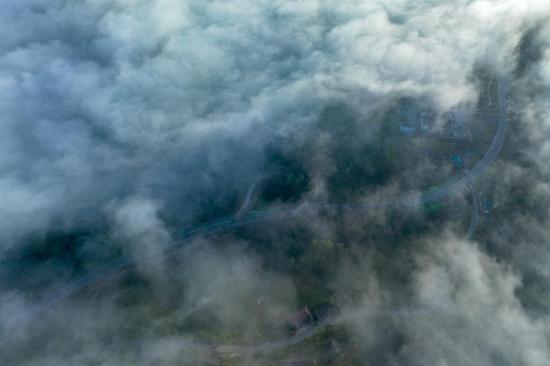
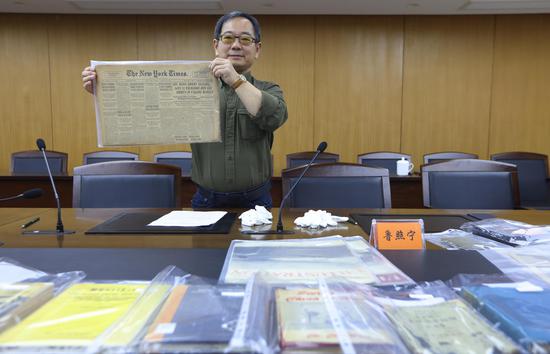
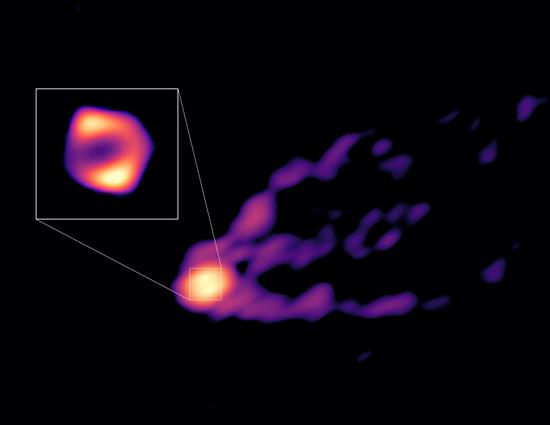






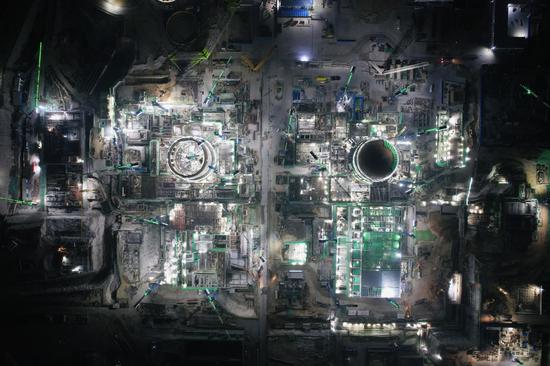








 京公网安备 11010202009201号
京公网安备 11010202009201号